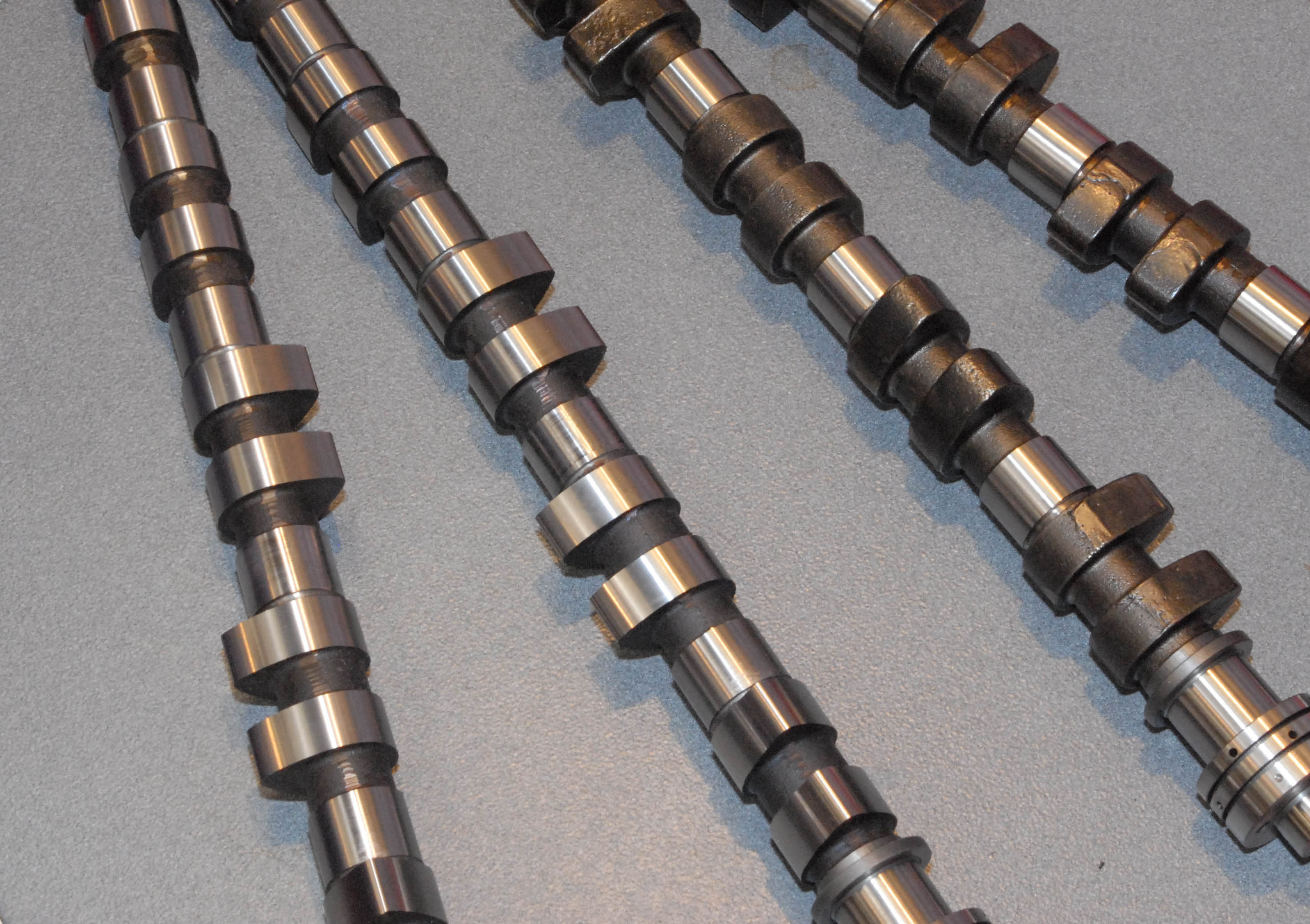Good vibrations
Readers may well be familiar with the concept of torsional vibration in an engine crankshaft. The situation where the intermittent torques fed into the crankshaft by the successive firing of the cylinders induces cyclical strain within the shaft – which, unchecked, can lead to component failure – is something most power unit engineers will have come across during their lifetimes.
When the shaft is revolving at a speed such that the frequency of the repeated applied torques or one of its harmonics approaches the natural frequency of the shaft then resonance occurs. At this condition, if the repeated torsional loading is the same as this natural frequency then this strain will never have time to dissipate, and the amplitude of the vibration may increase until catastrophic failure occurs. If you consider this in its academic form – that of a simple spring-mass system, with the addition of a damper or in the case of our crankshaft a torsional damper ‘tuned’ to the dynamics of the system – then catastrophe can be avoided.
If that is true for the crankshaft then the same can be said of the camshaft. In the past, however, camshafts have been very robust devices. More often than not made from solid chilled cast iron, in relation to the forces transmitted in opening and closing the intake and exhaust valves they were very stiff. Lately though, the increased loading given to them, and the unrelenting impetus to reduce engine weight, has also introduced new issues into the design. One of these is the problem of torsional vibration.
The first and most obvious cause of this is that of increased camshaft loading. When camshafts were mounted in the cylinder block close to the crankshaft, the reciprocating motion to open and close the valves was provided by a simple pushrod leading up to the overhead valve gear. The natural limit to the forces induced in the system was therefore the stiffness of this pushrod. Under the high loads demanded by rapid valve opening, the pushrod could ‘bow out’, leading to a loss of valve motion if it was insufficiently robust. Moving the camshafts to the cylinder head and operating the valves more directly improved the stiffness of the valvetrain and therefore the accuracy of the valve opening and closing; later though, by adding the further requirement to deliver high-pressure fuel required by direct injection systems using camshaft-operated high-pressure fuel pumps – particularly those of common rail diesel engines – these forces rose even more.
At the same time though, in the bid to reduce overall engine weight (and not necessarily the rotational inertia of the cam, as many might think) camshafts that are bored, cast or assembled to be hollow will be intrinsically less stiff and will therefore resonate at a lower frequency. If this lower frequency falls into the operational speed range of the applied valvetrain or pump forces then torsional vibration issues may be introduced.
If all that wasn’t enough, the introduction of roller cam followers has made matters worse. Flat tappets are renowned for their higher levels of friction, and use that friction to dampen the effects of vibration. In reducing the friction in the valvetrain by as much as 70-80%, the use of roller cam followers releases the energy that would otherwise be absorbed in friction back into the camshaft strain oscillations, and reduces this damping effect. So while the valvetrain is more efficient, this increased efficiency could introduce camshaft torsional vibration concerns as a consequence.
While not always something we would traditionally consider during the initial stages of engine design, camshaft torsion vibration – the result of a low-friction, lightweight valvetrain – is something we may need to take more interest in in the future.
 Fig. 1 - Camshaft
Fig. 1 - Camshaft
Written by John Coxon